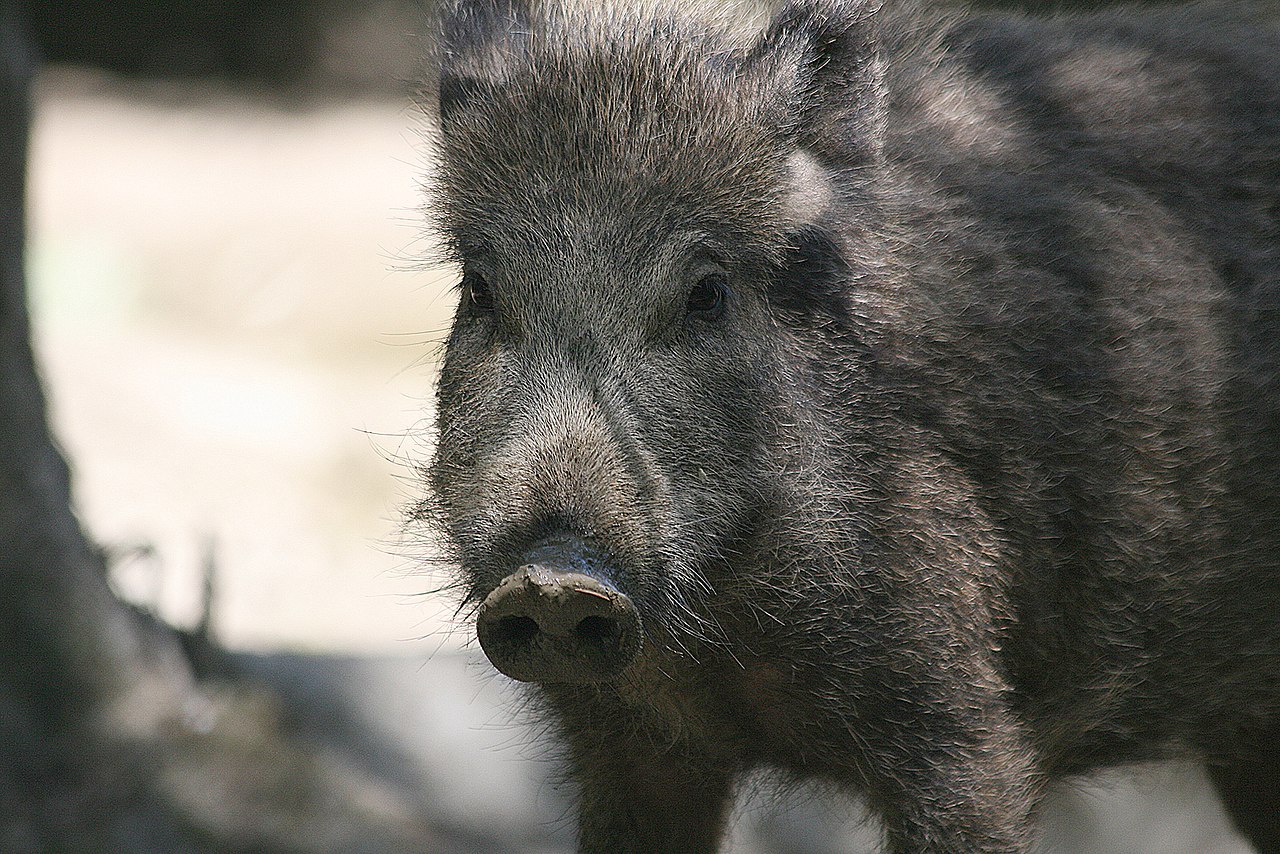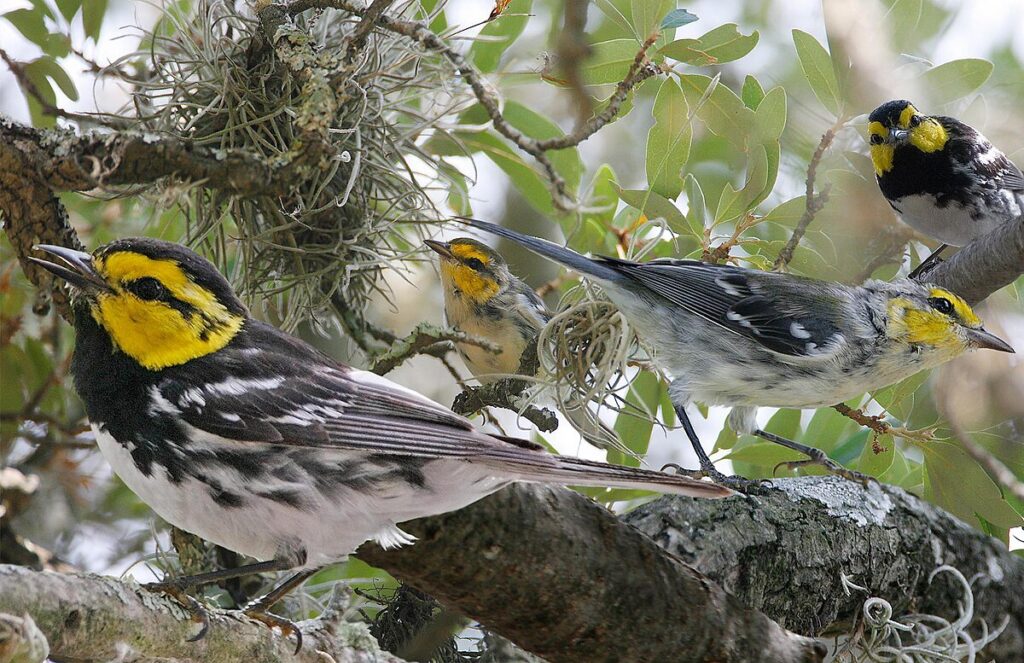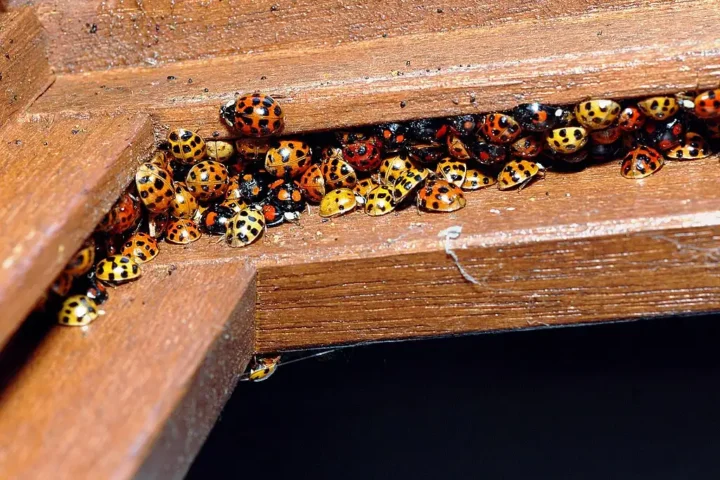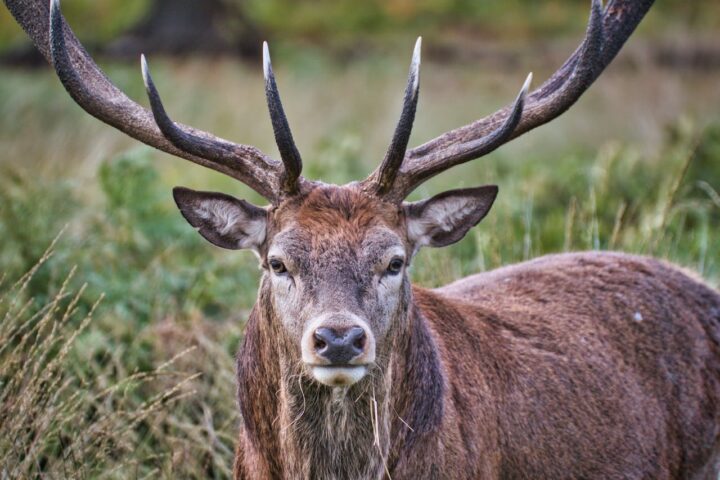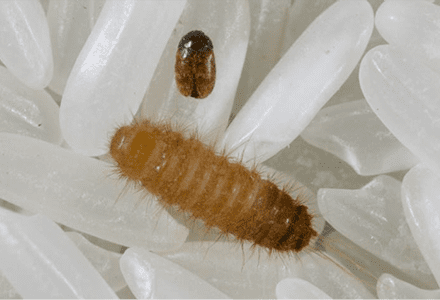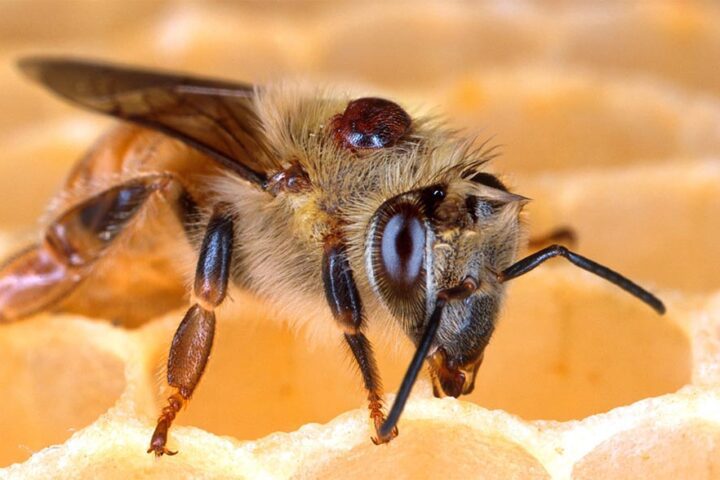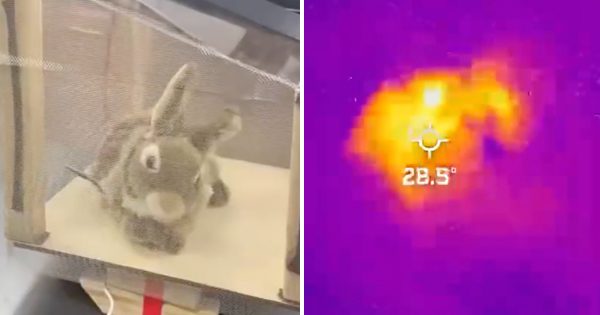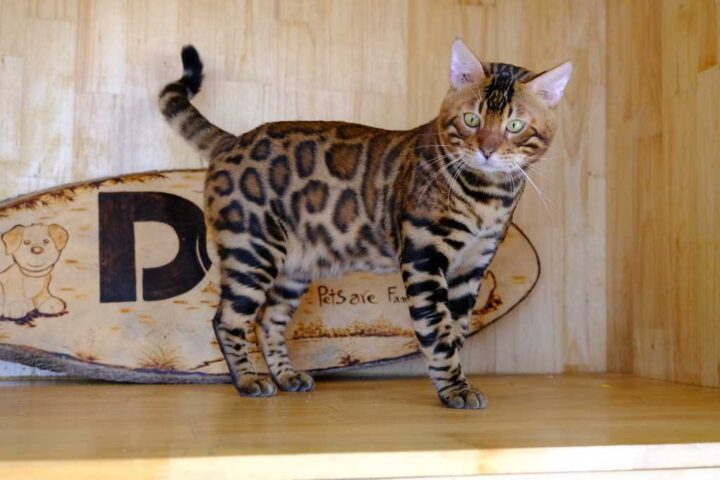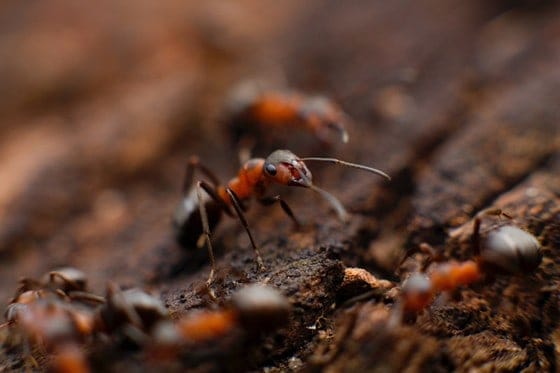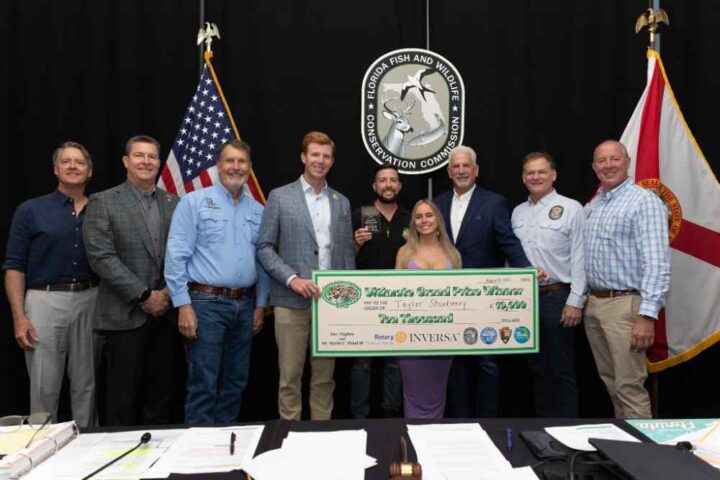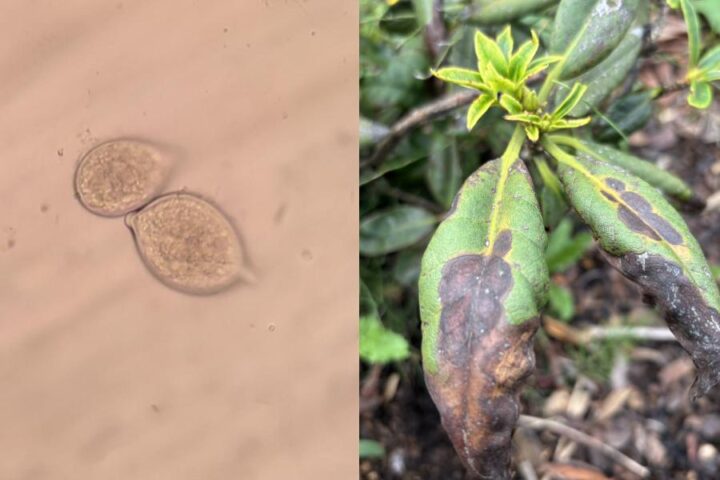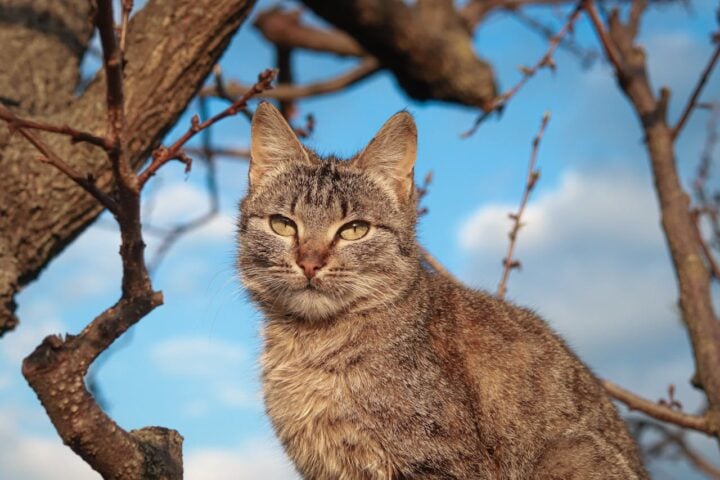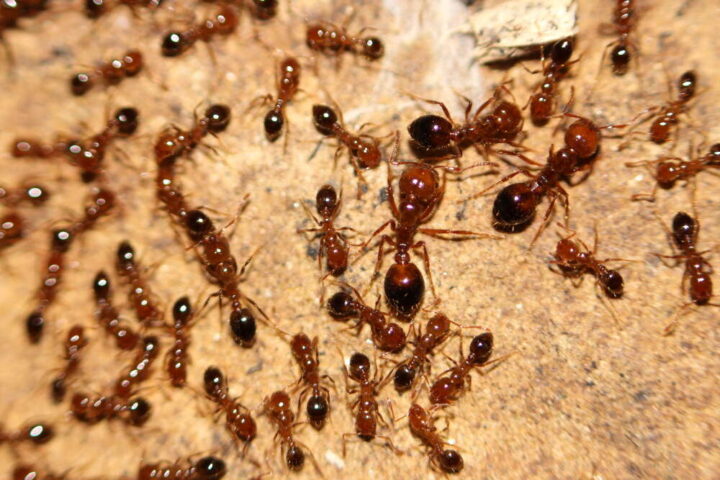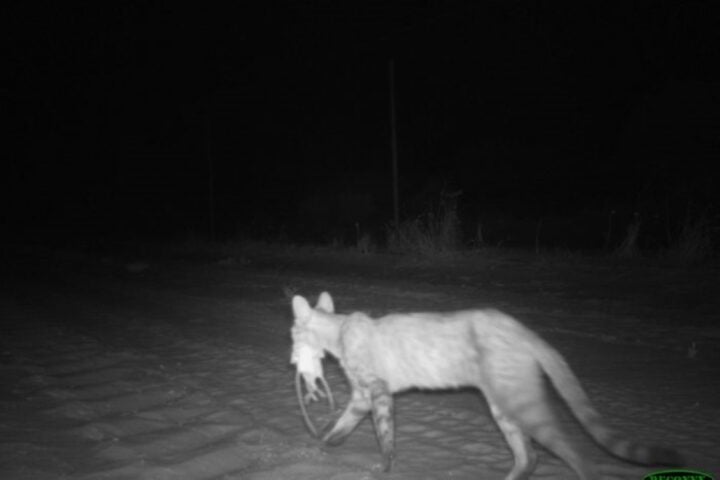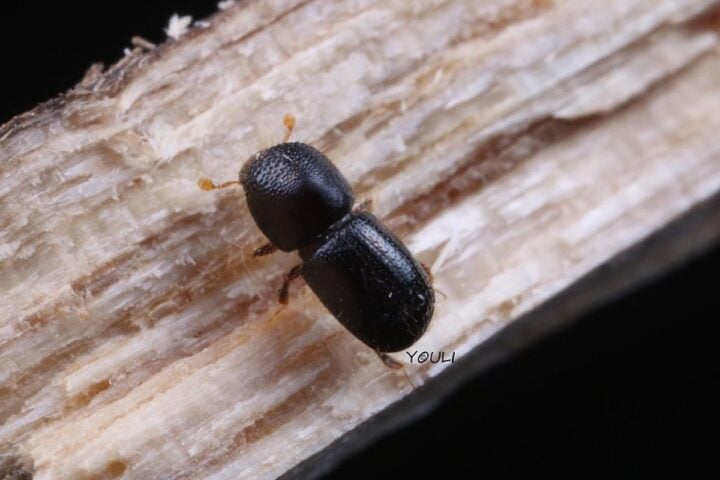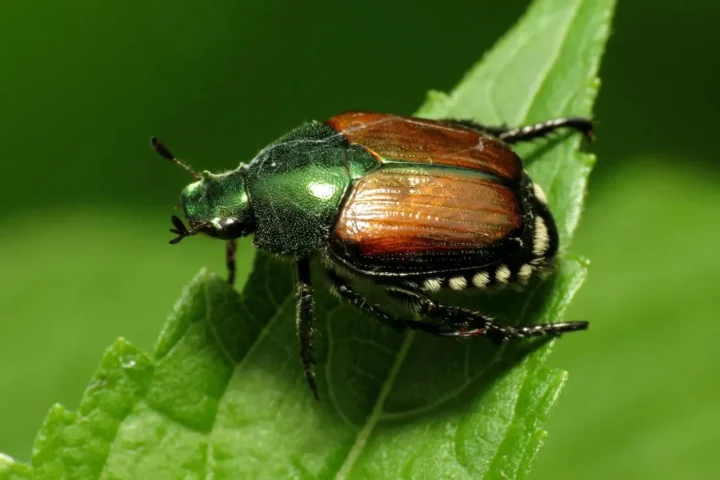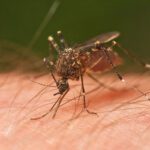Recent reports from local press and the United States Department of Agriculture (USDA) have highlighted a wild pig plague that has affected dozens of farmers in Florida in recent months. According to the USDA, the recent growth in populations of this animal has occurred in the central part of the country, likely as a result of illegal capture, transportation, and release of species by hunters. Similarly, the Department states that although populations are generally found in the southern half of the United States, there is now a growing threat of invasion from the north by pigs escaping from Canada, which have a tendency to head south, entering through Montana.
According to data from the Animal and Plant Health Inspection Service (APHIS), at least 35 states are now reporting wild pigs, and their population is estimated to be over 6,000,000, a number that is rapidly expanding due to these animals maturing early and producing a large amount of offspring. In particular, recent sightings of these animals have concerned residents of Florida, particularly the population of Sarasota County, according to the five-year report of the National Feral Swine Damage Management Program from APHIS.
How are communities and USDA fighting back?
The USDA classifies wild pigs as an invasive and destructive species, capable of causing significant damage to natural ecosystems, farmlands, pastures, and livestock operations, estimating that this species is responsible for $2.5 billion in annual losses due to the damage it causes to the agricultural sector. These pigs typically damage pastures by rooting, killing desirable grass species, and facilitating weed growth. They also harm crops by eating, rooting, trampling, and wallowing. “Feral swine damage crops by consuming them or by their rooting, trampling, and wallowing behaviors. Field crops commonly targeted by feral swine include sugar cane, corn, grain sorghum, soy beans, wheat, oats, peanuts, and rice; however, they will eat almost any crop,” says the USDA.
Similar Posts
In response to the multiple threats reported by farmers against the invasion of wild pigs, USDA-APHIS is coordinating the National Feral Swine Damage Management Program (NFSP), initiated in 2014. The NFSP’s main objective is to protect agricultural and natural resources, property, animal health, and human health and safety by reducing damage from wild pigs in the United States and its territories. Through a coordinated national effort, they work closely with partners at the federal, state, and local levels to address the significant damage caused by wild pig populations. Laws governing wild pigs vary considerably between states, so the APHIS strategy is to provide resources and expertise nationally while allowing flexibility to manage operational activities from a local or state perspective.
Last month, residents of Miramar, Florida faced a herd of wild pigs terrorizing homes and gardens. Communities across the country are adopting various methods to address this problem, and traps are becoming more popular. For example, in Flagler County, Florida, officials have caught more than 400 pigs so far this year, compared to the usual 100 to 150.
What to do if you meet wild pigs?
If you ever encounter a herd of wild pigs, officials recommend staying calm and moving slowly; Don’t go near or try to feed the pigs, and keep a safe distance. Also, avoid using flash while taking pictures. Unlike bear encounters, it is not recommended to make loud noises with wild pigs.
